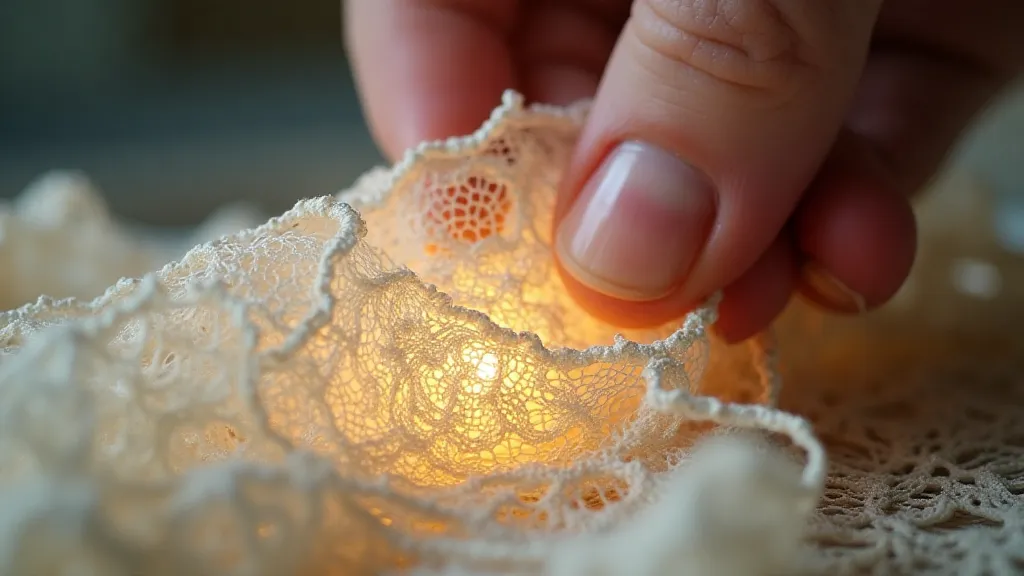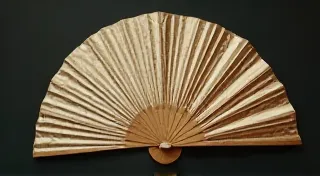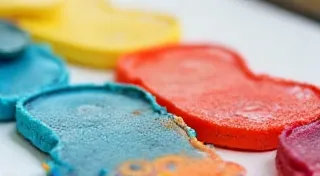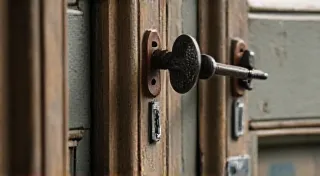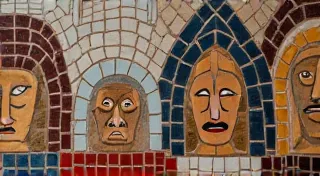The Language of Laces: Decoding Ornamentation in Edwardian Era Fashion
There's a particular hush that falls when you hold a piece of history in your hands. It's more than just the weight of the fabric or the fragile nature of antique materials. It’s the sense of connection to a vanished era, a world of rituals and unspoken rules. I recently unearthed a collection of Edwardian dresses during an estate sale – a forgotten treasure trove of silks, satins, and, of course, an extraordinary amount of lace. Examining these dresses wasn’t just an exercise in fashion history; it was a decoding of a visual language, a quiet conversation across the decades. For in the Edwardian era (roughly 1901-1910), lace wasn't merely decoration; it was a powerful communicator.
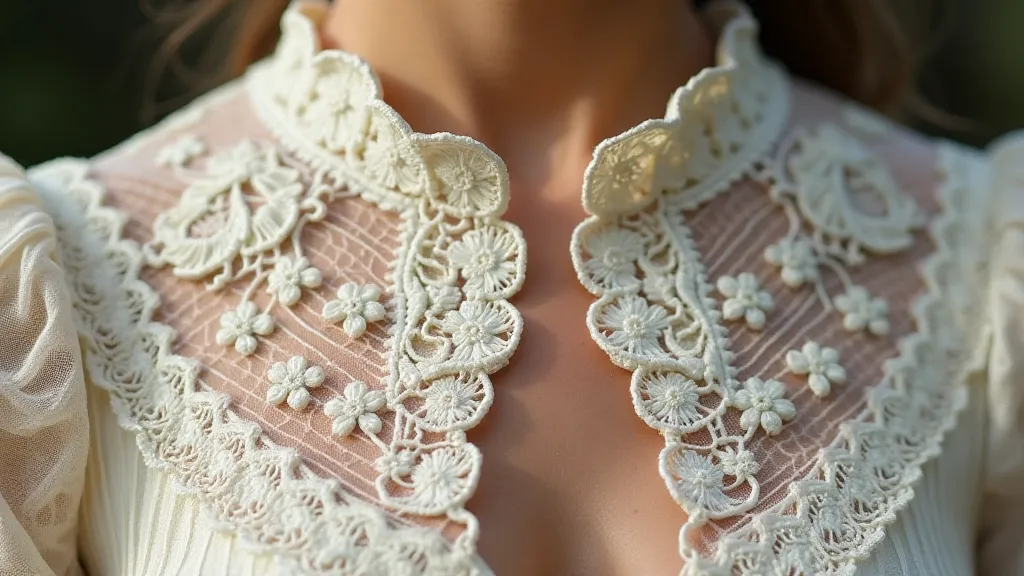
A World of Subtle Status Symbols
The Edwardian era was a period of remarkable social stratification, yet overt displays of wealth were often frowned upon. Instead, subtle cues – a specific shade of fabric, the quality of the tailoring, and, crucially, the type and placement of ornamentation – served as identifiers. Lace, with its inherent fragility and the skill required to produce it, became a vital tool in this unspoken code.
The rise of machine-made lace significantly lowered the price point, making it more accessible to the middle classes. However, hand-made lace, especially varieties like Chantilly and Brussels lace, remained a marker of the elite. A dress adorned with generous amounts of genuine Chantilly lace whispered of inherited wealth and impeccable taste. The more intricate the pattern, the higher the perceived value. Simple insertions of lace along a neckline or sleeve cuff were acceptable for the middle classes, but a dress completely 'covered' in lace (though rare) signaled significant prosperity.
The Craft of Creation: From Needlepoint to Power Looms
Understanding the significance of lace requires appreciating the labor involved in its production. Before the widespread adoption of power looms, lace was painstakingly crafted by hand. Needle lace, like Venetian lace, was the most labor-intensive, requiring astonishing skill and patience. Bobbin lace, created by winding thread around bobbins to create a pattern, was slightly faster but still demanding. The stories woven into these fabrics aren’t just patterns; they're testaments to generations of artisans, often women, who dedicated their lives to perfecting their craft.
The shift to machine-made lace during the Edwardian era was revolutionary, democratizing its availability, but it also marked a change in perception. While more affordable, machine-made lace was often perceived as less desirable, although clever draping and placement could still elevate a garment's overall aesthetic. The challenge for those seeking authentic vintage pieces is often distinguishing between the two – a skill honed through careful examination of the weave and thread.
Decoding the Details: Placement and Patterns
It wasn's just the *amount* of lace, but also its placement and the patterns incorporated that spoke volumes. A delicate insertion of lace at the yoke of a blouse might indicate modesty and refined taste. Wider lace panels on the skirt of a day dress might suggest a more leisurely lifestyle and a degree of comfortable affluence. The patterns themselves were rarely arbitrary. Floral motifs, especially roses and lilies, were common, each carrying its own symbolism. Roses represented love and beauty, while lilies stood for purity and innocence.
The cut and style of the dress influenced lace placement too. The ‘Gibson Girl’ silhouette – characterized by a defined waist and a full, flowing skirt – provided ample opportunity for lace to be strategically placed to enhance the romantic, ethereal quality of the look. Think about the sleeves – a cascade of lace falling from the elbow, or a delicate edging framing the wrist – these details weren't accidental; they were calculated to create a desired effect. The popularity of Orientalism also led to the incorporation of patterns inspired by Indian and Chinese lacework, further complicating the visual narrative.
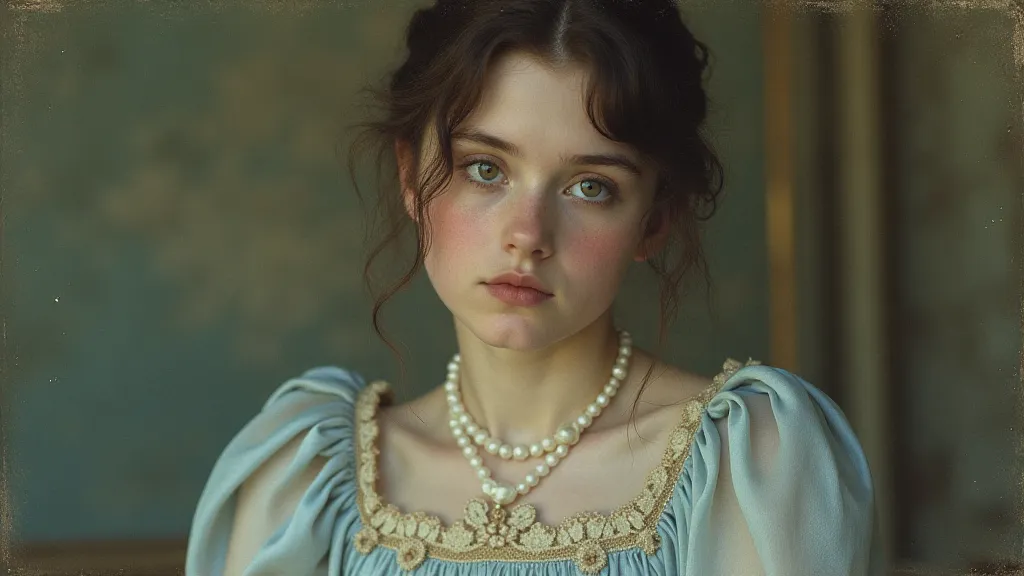
Beyond the Dress: Accessories and Embellishment
Lace wasn't confined to dresses. It appeared on everything from hats and gloves to collars and cuffs. A lace-trimmed hat signified a certain level of social grace, while lace gloves were considered essential for formal occasions. Even undergarments, such as chemises and camisoles, were often adorned with delicate lace, showcasing a commitment to refinement and attention to detail, even in the most private aspects of life.
Embroidery combined with lace was also common, adding another layer of complexity to the visual language. Seed beads, silk thread, and delicate floral motifs were often stitched onto lace, creating a textured and visually arresting effect. The combination of these elements demonstrated a willingness to invest in personalized ornamentation, signifying a level of disposable income and a keen eye for aesthetics.
Restoration and Appreciation: Connecting with the Past
Working with these antique pieces, particularly the fragile lace, requires a delicate touch and a deep respect for the history they embody. The process of restoration isn's just about repairing damage; it’s about preserving a connection to the past. Understanding the significance of the lace – its type, its placement, and its symbolic meaning – informs the restoration process, ensuring that the piece is treated with the care and attention it deserves.
Collecting vintage lace-adorned garments isn’t just about acquiring beautiful objects; it’s about acquiring fragments of a forgotten world. It’s about appreciating the skill of the artisans who created these intricate fabrics and the individuals who wore them with such elegance and grace. Each stitch, each pattern, each faded hue, tells a story—a story waiting to be rediscovered and shared. When you hold a piece of Edwardian lace, you’re not just holding fabric; you're holding a conversation across time, a whisper from a world of subtle signals and unspoken beauty.
